Hello guis,
I don't know if it may be of interest to anyone but I want to share my first experience with a turbine jet made by the PilotRC company with those who are interested. I have already bought several models from Pilot but to date only with 4-stroke engine and 2-stroke propeller. This "Predator" sport jet had already impressed me for some time but for economic reasons I had put it off. Now I've decided to buy it thanks to a tempting offer from Mattfly on the occasion of the last Black Friday. I was aware of the imminent release of the new PilotRc “Matrix” but I liked the Predator better… What do you say, could a mini review be of interest? Let me know!
I don't know if it may be of interest to anyone but I want to share my first experience with a turbine jet made by the PilotRC company with those who are interested. I have already bought several models from Pilot but to date only with 4-stroke engine and 2-stroke propeller. This "Predator" sport jet had already impressed me for some time but for economic reasons I had put it off. Now I've decided to buy it thanks to a tempting offer from Mattfly on the occasion of the last Black Friday. I was aware of the imminent release of the new PilotRc “Matrix” but I liked the Predator better… What do you say, could a mini review be of interest? Let me know!

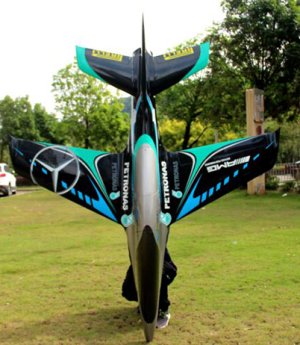
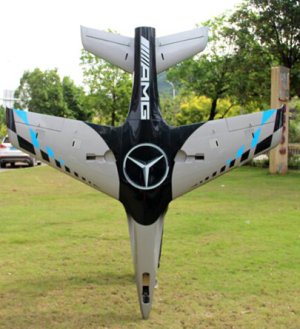
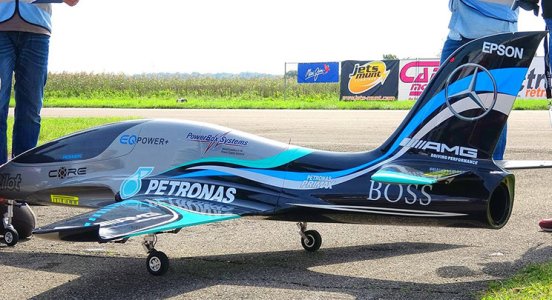
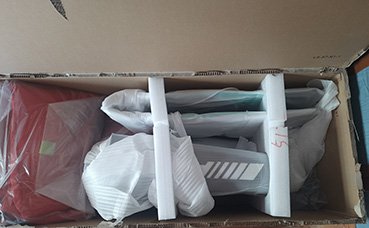
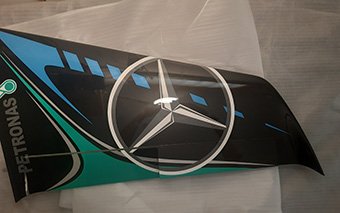
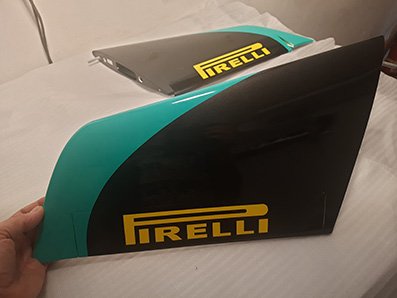
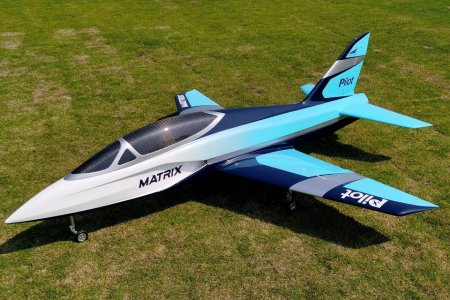

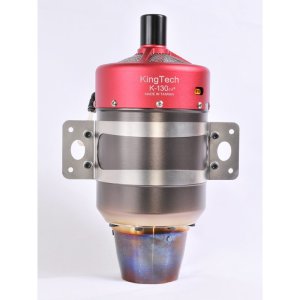
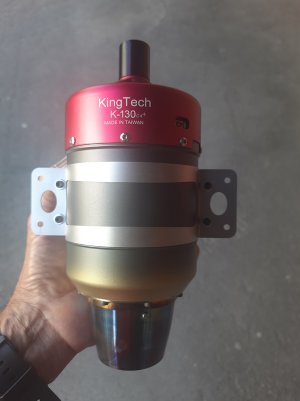
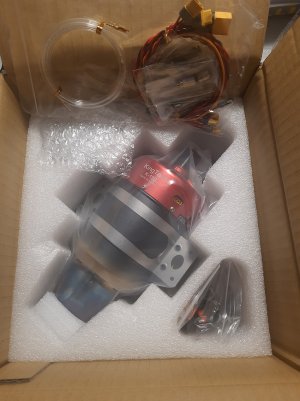
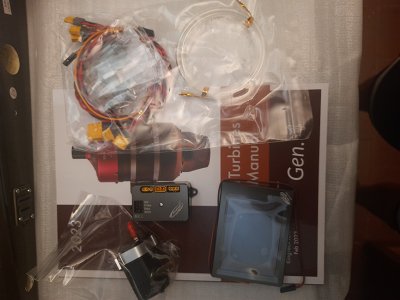
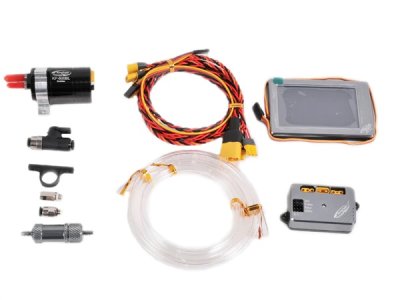
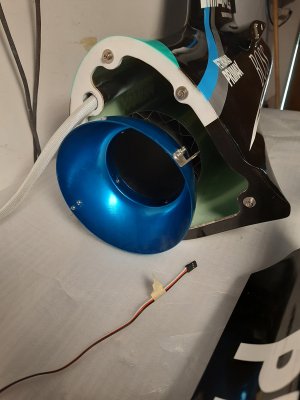
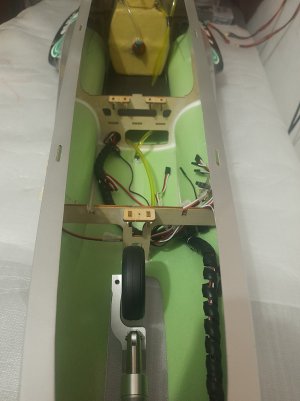
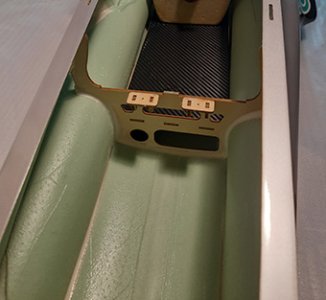
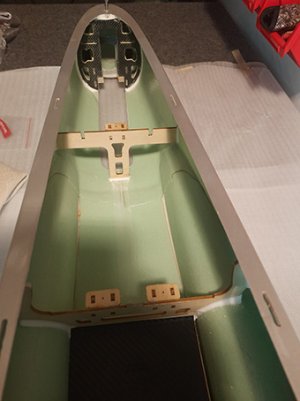
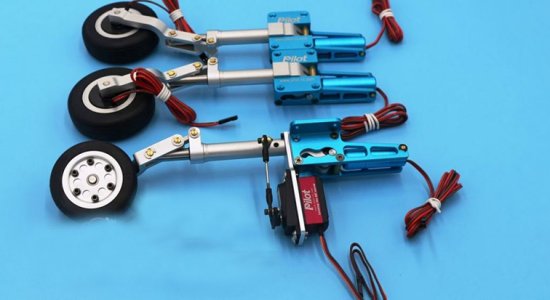
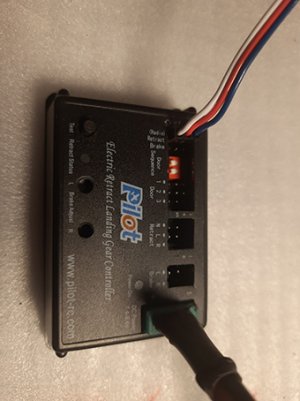
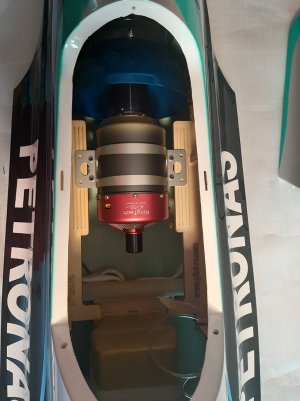
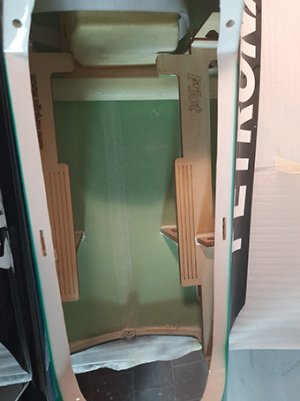
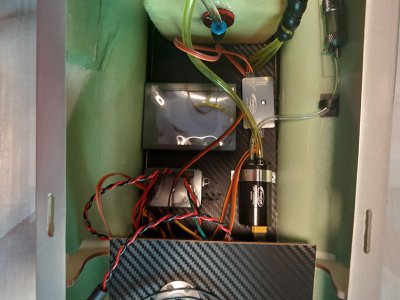
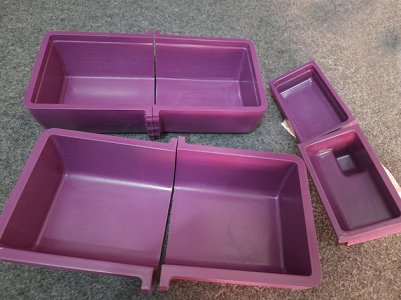
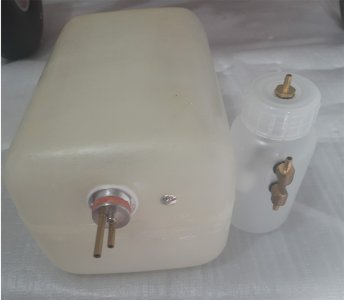
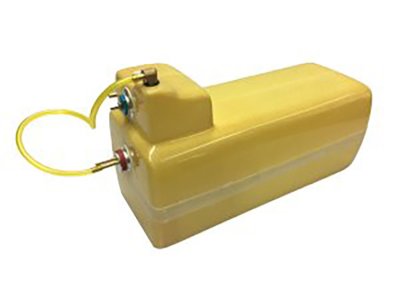
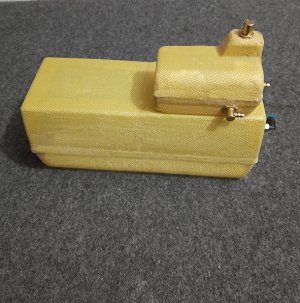
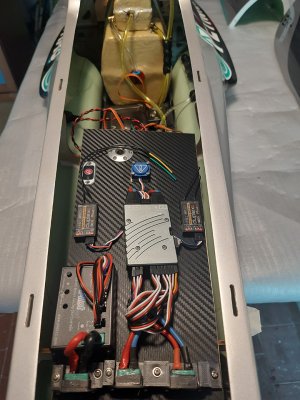
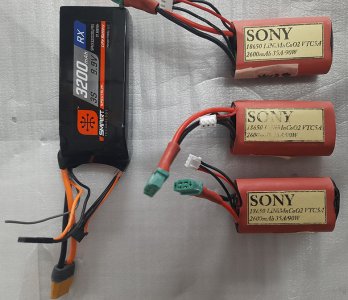
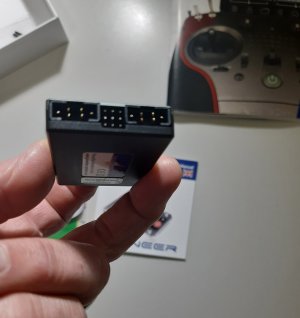
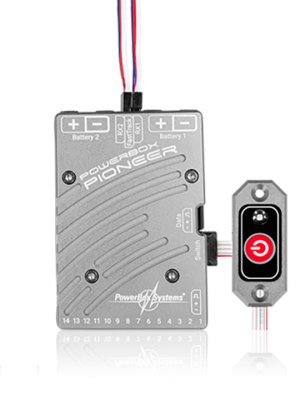
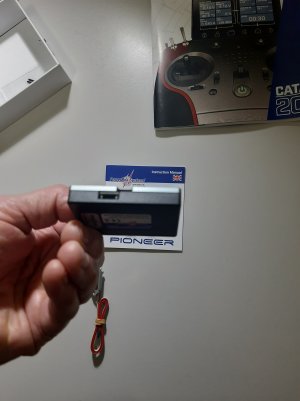
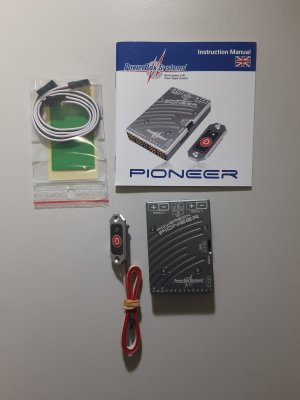
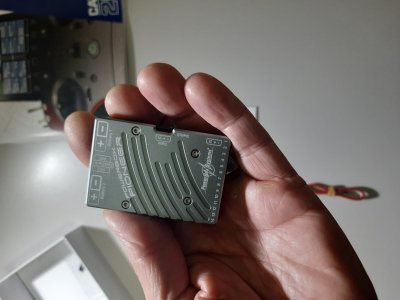
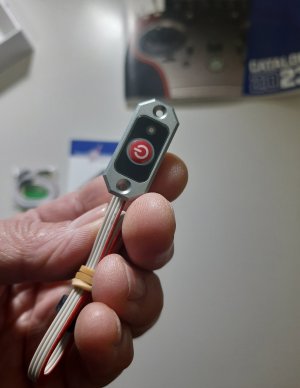
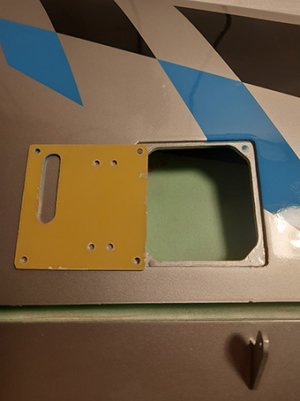
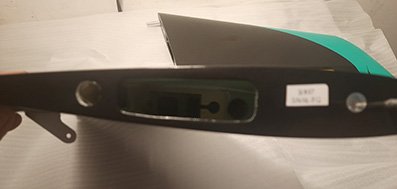
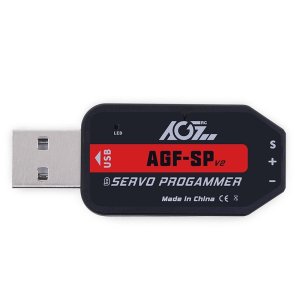
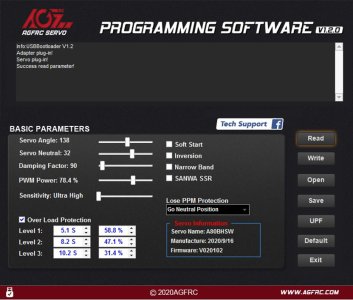
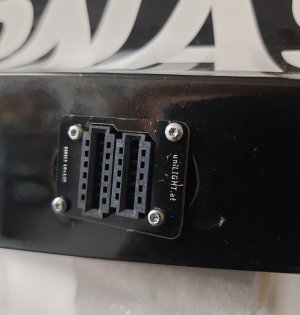
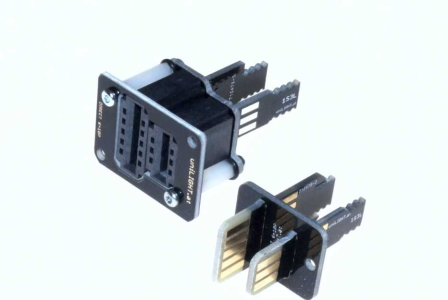
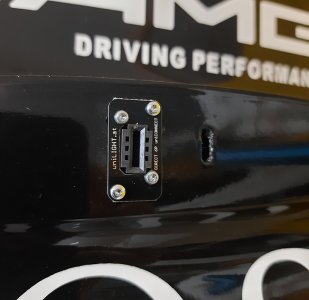
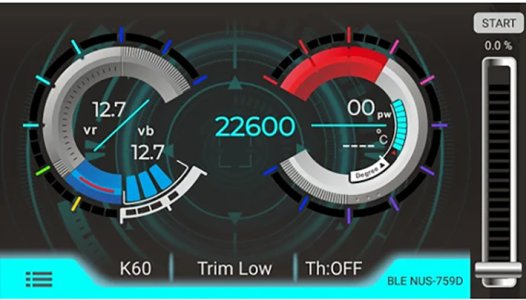
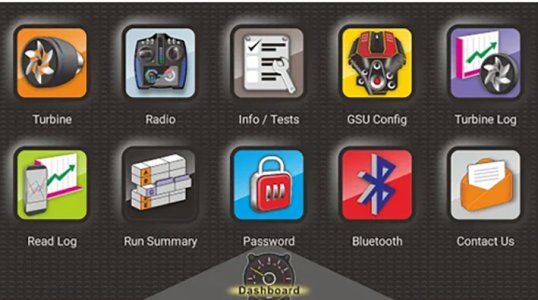
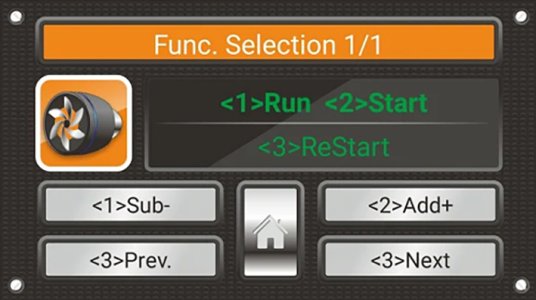
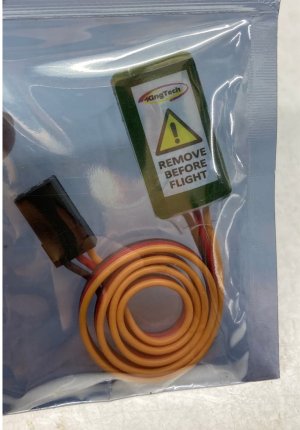
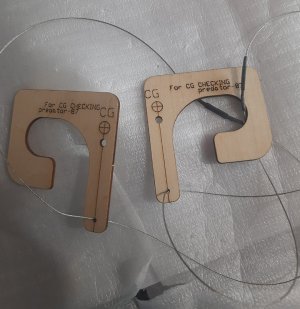
 .
.